
Elections to the Baseball Hall of Fame for 1997 followed the system in use since 1995. The Baseball Writers' Association of America (BBWAA) voted by mail to select from recent major league players and elected Phil Niekro. The Veterans Committee met in closed sessions and selected three people from multiple classified ballots: Nellie Fox, Tommy Lasorda, and Willie Wells. A formal induction ceremony was held in Cooperstown, New York, on August 3, 1997.
Elections to the Baseball Hall of Fame for 1950 were subject to one rules change, the elimination of a runoff election by the baseball writers in case of no winner, which had been used the year prior. The Baseball Writers' Association of America (BBWAA) voted once by mail to select from major league players retired less than 25 years, and elected no one. Meanwhile, the Old-Timers Committee, with jurisdiction over earlier players and other figures, did not meet. For the first time, except years without any election activity, there were no new Hall of Fame members.

Elections to the Baseball Hall of Fame for 1988 followed the system in place since 1978. The Baseball Writers' Association of America (BBWAA) voted by mail to select from recent major league players and elected Willie Stargell. The Veterans Committee met in closed sessions to consider older major league players as well as managers, umpires, executives, and figures from the Negro leagues; it selected no one. A formal induction ceremony was held in Cooperstown, New York, on July 31, 1988, with Commissioner of Baseball Peter Ueberroth in attendance.
Elections to the Baseball Hall of Fame for 1983 followed the system in place since 1978. The Baseball Writers' Association of America (BBWAA) voted by mail to select from recent major league players and elected two, Juan Marichal and Brooks Robinson. The Veterans Committee met in closed sessions to consider older major league players as well as managers, umpires, executives, and figures from the Negro leagues. It selected Walter Alston and George Kell. A formal induction ceremony was held in Cooperstown, New York, on July 31, 1983, with Commissioner of Baseball Bowie Kuhn presiding.
Elections to the Baseball Hall of Fame for 1980 followed the system in place since 1978. The Baseball Writers' Association of America (BBWAA) voted by mail to select from recent major league players and elected Al Kaline and Duke Snider. The Veterans Committee met in closed sessions to consider older major league players as well as managers, umpires, executives, and figures from the Negro leagues. It selected outfielder Chuck Klein and Boston Red Sox owner Tom Yawkey, both deceased. A formal induction ceremony was held in Cooperstown, New York, on August 3, 1980, with Commissioner of Baseball Bowie Kuhn presiding.

Elections to the Baseball Hall of Fame for 1979 followed the system in place since 1978, except that players who appeared on fewer than 5% of BBWAA ballots would now no longer be eligible in future elections. The Baseball Writers' Association of America (BBWAA) voted by mail to select from recent major league players and elected Willie Mays. The Veterans Committee met in closed sessions to consider older major league players as well as managers, umpires, executives, and figures from the Negro leagues. It selected Warren Giles and Hack Wilson. A formal induction ceremony was held in Cooperstown, New York, on August 5, 1979, with Commissioner of Baseball Bowie Kuhn presiding. The annual Hall of Fame Game, an exhibition contest, was played the following day; this was the first time that the induction ceremony and game were held on different days.
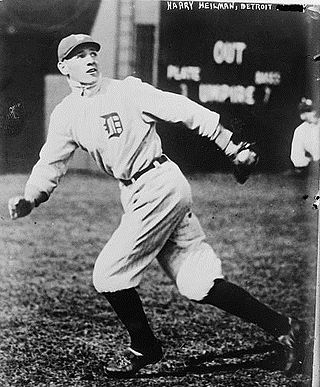
Elections to the Baseball Hall of Fame for 1952 followed the same rules as 1951. The Baseball Writers' Association of America (BBWAA) voted once by mail to select from major league players retired less than 25 year and elected two, Harry Heilmann and Paul Waner. Meanwhile, the Old-Timers Committee, with jurisdiction over earlier players and other figures, did not meet. A formal induction ceremony was held in Cooperstown, New York, on July 21, 1952, with Commissioner of Baseball Ford Frick and National League president Warren Giles in attendance.

Elections to the Baseball Hall of Fame for 1975 followed the system in place since 1971. The Baseball Writers' Association of America (BBWAA) voted by mail to select from recent major league players and elected Ralph Kiner. The Veterans Committee met in closed sessions to consider executives, managers, umpires, and earlier major league players. It selected three people: Earl Averill, Bucky Harris, and Billy Herman. The Negro Leagues Committee also met in person and selected Judy Johnson. A formal induction ceremony was held in Cooperstown, New York, on August 18, 1975, with Commissioner of Baseball Bowie Kuhn presiding.
Elections to the Baseball Hall of Fame for 1974 followed the system in place since 1971. The Baseball Writers' Association of America (BBWAA) voted by mail to select from recent major league players and elected two, Whitey Ford and Mickey Mantle. The Veterans Committee met in closed sessions to consider executives, managers, umpires, and earlier major league players. It selected three people: Jim Bottomley, Jocko Conlan, and Sam Thompson. The Negro Leagues Committee also met in person and selected Cool Papa Bell. A formal induction ceremony was held in Cooperstown, New York, on August 12, 1974, with Commissioner of Baseball Bowie Kuhn presiding.
Elections to the Baseball Hall of Fame for 1972 followed the system established one year earlier. The Baseball Writers' Association of America (BBWAA) voted by mail to select from recent major league players and elected three: Yogi Berra, Sandy Koufax, and Early Wynn. The Veterans Committee met in closed sessions to consider executives, managers, umpires, and earlier major league players. It also selected three people: Lefty Gomez, Will Harridge, and Ross Youngs. The Negro Leagues Committee met for the second time and selected Josh Gibson and Buck Leonard. A formal induction ceremony was held in Cooperstown, New York, on August 7, 1972, with Commissioner of Baseball Bowie Kuhn presiding.
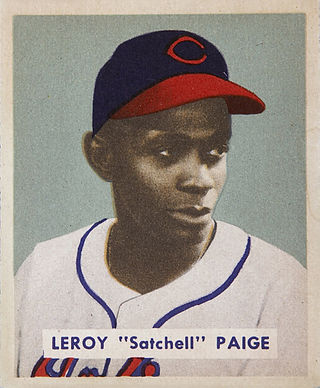
Elections to the Baseball Hall of Fame for 1971 featured a new committee on the Negro leagues that met in February and selected Satchel Paige, who spent most of his career in Negro league baseball before joining the Cleveland Indians in 1948, when he was over 40 years old. Controversy arose both over the selection of a pitcher with only 28 major-league victories and about the original plan not to include Negro league players in the main Hall of Fame. In July, officials announced that Paige and future Negro league selections would be included in the main Hall of Fame. Paige was honored alongside other Hall of Fame inductees in August.
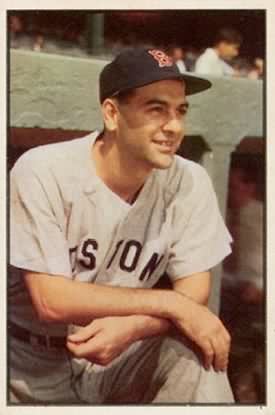
Elections to the Baseball Hall of Fame for 1970 followed the system of annual elections in place since 1968. The Baseball Writers' Association of America (BBWAA) voted by mail to select from recent major league players and elected Lou Boudreau. The Veterans Committee met in closed sessions to consider executives, managers, umpires, and earlier major league players. It selected three people: Earle Combs, Ford Frick, and Jesse Haines. A formal induction ceremony was held in Cooperstown, New York, on July 27, 1970, with Commissioner of Baseball Bowie Kuhn presiding.
Elections to the Baseball Hall of Fame for 1969 followed the system reintroduced in 1968. The Baseball Writers' Association of America (BBWAA) voted once by mail to select from recent major league players and elected two, Roy Campanella and Stan Musial. The Veterans Committee met in closed sessions to consider executives, managers, umpires, and earlier major league players. It selected two players, Stan Coveleski and Waite Hoyt. A formal induction ceremony was held in Cooperstown, New York, on July 28, 1969, with Commissioner of Baseball Bowie Kuhn presiding.
Elections to the Baseball Hall of Fame for 1968 followed rules revised in June 1967, which returned the Baseball Writers' Association of America (BBWAA) to annual elections without any provision for a runoff. In the event, the BBWAA voted once by mail to select from recent major league players, and elected Joe Medwick. The Veterans Committee met in closed sessions to consider executives, managers, umpires, and earlier major league players. It selected two players, Kiki Cuyler and Goose Goslin. A formal induction ceremony was held in Cooperstown, New York, on July 22, 1968, with Commissioner of Baseball William Eckert presiding.

Elections to the Baseball Hall of Fame for 1967 included a special election, as the Baseball Writers' Association of America (BBWAA) held its first balloting in an odd-number year since 1955. The special election was held due to some ineligible players having received votes in the prior year's balloting, and the BBWAA wanting "to give those eligible every opportunity" to be selected.

Elections to the Baseball Hall of Fame for 1966 followed the system introduced for even-number years in 1956. The Baseball Writers' Association of America (BBWAA) voted by mail to select from recent major league players with provision for a second, "runoff" election in case of no winner. Ted Williams tallied more than 90% on the first ballot. Meanwhile, the Veterans Committee was meeting annually to consider executives, managers, umpires, and earlier major league players. It selected Casey Stengel. A formal induction ceremony was held in Cooperstown, New York, on July 25, 1966, with Commissioner of Baseball William Eckert presiding. During his acceptance speech, Williams advocated for the inclusion of Negro league baseball players, such as Satchel Paige and Josh Gibson, in the Hall of Fame. Paige was inducted in 1971, and Gibson in 1972.

Elections to the Baseball Hall of Fame for 1964 followed the system introduced for even-number years in 1962. The Baseball Writers' Association of America (BBWAA) voted by mail to select from recent major league players with provision for a second, "runoff" election in the event of no player receiving enough votes for induction. The runoff was necessary this year, with Luke Appling the winner. Further, the eligibility of retired players was reduced from having retired 30 years prior to election to 20 years prior.
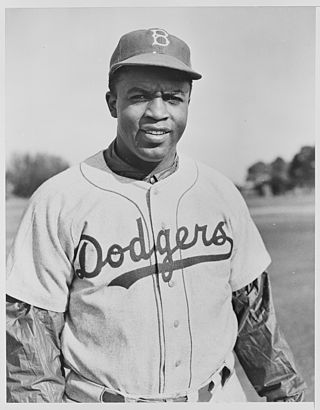
Elections to the Baseball Hall of Fame for 1962 followed a new system for even-number years. Since 1956 the Baseball Writers' Association of America (BBWAA) and Veterans Committee had alternated in their duties, but the BBWAA, voting by mail to select from recent major league players, had elected no one for 1958 and no one for 1960. Now there would be a second, "runoff" election in case of no winner. At the same time, the Veterans Committee resumed meeting annually to consider executives, managers, umpires, and earlier major league players.
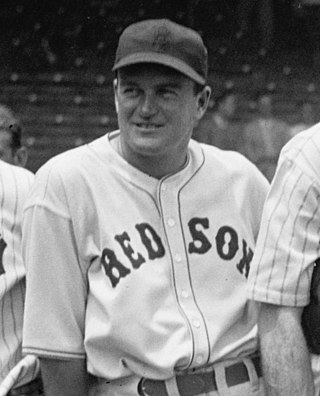
Elections to the Baseball Hall of Fame for 1956 followed a system that had been the object of criticism and reform in recent years, which would continue that summer. The Veterans Committee was meeting only in odd-number years to consider older major league players as well as managers, umpires, and executives. The Baseball Writers' Association of America (BBWAA) voted by mail to select from recent players and elected two, Joe Cronin and Hank Greenberg. A formal induction ceremony was held in Cooperstown, New York, on July 23, 1956, with Commissioner of Baseball Ford Frick presiding.
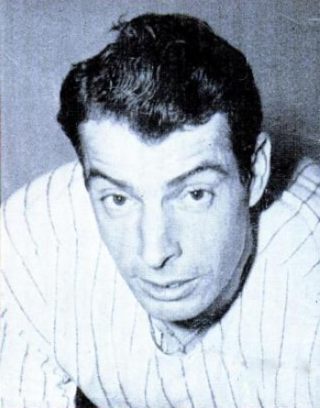
Elections to the Baseball Hall of Fame for 1955 followed a system established for odd-number years in 1953. The eligibility of retired players was extended; previously, a player could not be on the BBWAA ballot if he had retired more than 25 years prior. The ballot could now include those who had been retired for up to 30 years.














